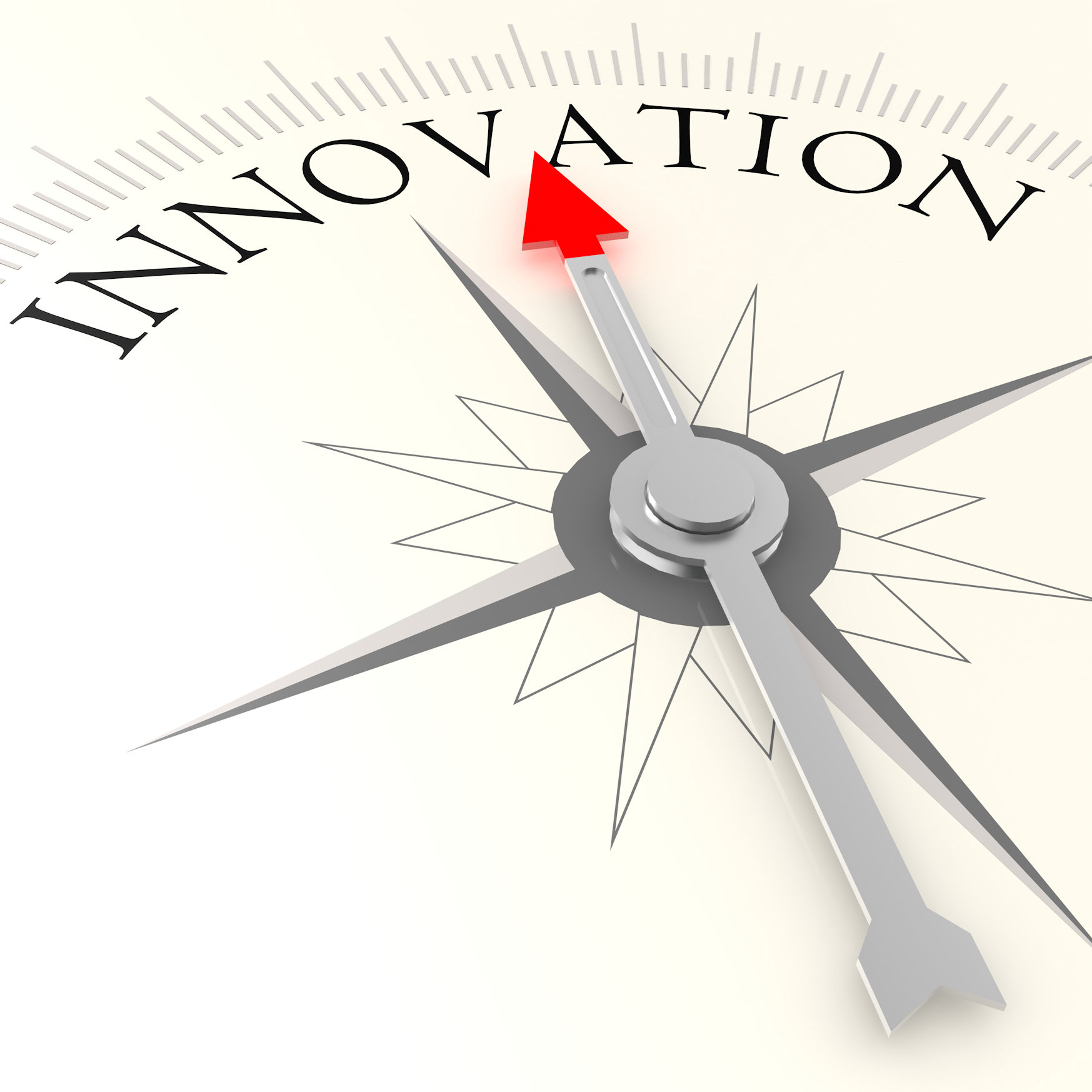Innovate for Success
In today’s fast-paced business environment, continual technology innovation is a prerequisite for gaining, or at minimum retaining, market share. Disruption is always a risk; if you are not disrupting, you will be disrupted. However, successful disruption and differentiation require innovation.
Tips for Innovation
Some organizations are definitely better than others at fostering and encouraging an innovative culture. People, processes, and technology need to be supportive of innovation. Following are six tips that we have seen in IT organizations that are able to deliver on innovation and drive progress.
1. Leverage Technology
Begin your quest for innovation by running day-to-day IT functions like clockwork. Have a solid foundation that delivers the basics with minimal effort. This allows your attention and money to be placed on the innovative value-add areas. Do not be burdened with daily fire-fighting and meeting basic requirements. Use solutions like the cloud and selective outsourcing to remove regular maintenance activities. Modernize basic services with vendor-maintained packaged software, modular plug-in services, and up-to-date operating models. Also, leverage technology throughout IT and the company to minimize the resources needed to run the daily aspects of the business. Continually optimize services and processes enabled with the power of technology. Provide easy-to-use tools for everyone in IT and the business so they can quickly test ideas in a prototype fashion.
2. Support & Fund Innovation
Innovation should be an ongoing process rather than a singular event. Be sure to allocate time and resources to innovation. Ensure the funding model and the budgeting process supports innovation. Spend a greater percentage of the IT budget on adding business value rather than keeping the lights on. Target an increase every year in this value-add percentage. Expand knowledge by investing in training. Create new experiences with state-of-the-art projects and rotating assignments for employees. Give employees opportunities to brainstorm and the freedom to explore and develop their ideas. Test new technologies in a sandbox for learning. When evaluating and prioritizing projects, consider the long-term competitive abilities in addition to short-term ROI. Have fun with innovation and inspire new ideas. For example, one company held an annual Shark Tank event to select the best ideas for funding, creating a positive competition throughout the year.
3. Nurture an Innovative Mindset & Culture
Encourage an entrepreneurial spirit and innovation by challenging employees to solve problems with creative solutions. When designing solutions, model an attitude of innovation and have an open mind. Throughout the IT organization, have a “yes we can” mentality and culture rather than a “no we cannot”. Ask open-ended questions and ask “why not” rather than falling into the rut of the way it has always been done. Be sure to listen to and empower the millennial worker and the younger mindset. Encourage and embrace risk by reducing the fear of failure. Have a culture where it is ok to fail and learn from failures. Ensure there is a culture of trust and the communication process is open. Employees must trust that they will not get ridiculed for half-baked ideas and will get support to develop ideas.
4. Organize for Collaboration
Innovation is everyone’s job. Ideas can come from everywhere, no matter where the individual is within the organizational structure. Bring the right people together to solve problems and participate in projects to ensure cross-functional collaboration and engagement. Continually partner with the business to improve business processes. Support workflows with technology. Be sure to tap on viewpoints both within and outside of the process. Consider ideas and innovation from totally different industries and functions. Organize benchmarking field trips, experiencing operations that are new and different. Also, learn about innovation methodologies and programs used by other companies. Intentionally integrate external and new-hire resources, opinions, and viewpoints. Also, obtain input from unlikely sources. Support collaboration and communication with automated tools. Have innovation labs to encourage and test new ideas. Assign smaller project teams. Have an agile mentality and use Agile methods. Ensure the hiring practices and talent management supports new skills and the innovative mindset. Use assessment tools to ensure you are hiring the right people with a personality profile for innovation.
5. Paint the Business Vision with Passion
Make sure individuals in IT are engaged in the business through strong visionary leadership provided by the CIO and CEO. Equip IT with a passion and knowledge for the business. Design experiences for your employees that send them into the business to shadow and learn the business. During the planning process, provide a vision for the future, rather than just prioritizing known projects. IT individuals should understand the overall intentions and direction for the company with a broad vision that defines the endpoint rather than the exact path on how to get there. They need to understand the business, business goals, customers, priorities, and strategies. Projects should focus on the customer, the mindset of the customer, and the customer journey. Project teams should meet with customers, listen to customer input, and have built-in feedback loops. The bottom line is that innovation must be aligned with the organization’s overall strategy and customer desires. It is important that innovation is about strategic action rather than random unbridled creativity.
6. Execute with Agility
Innovation is useless if you cannot follow through with fast execution and implementation to bring a concept and true value to market. Ensure your governance and approval process is agile. Quickly prioritize problems and opportunities. Make failure an option. Fail often and fail fast. Do not require perfection. Accept failure as the process of innovation. Look at the intent rather than initial results to continuously learn and improve. Experiment with short feedback loops, measuring progress. Test the hypothesis as quickly and cheaply as you can. As Agile principles states, develop a Minimum Viable Product, or working prototype to deliver projects fast. Learn fast with short iterations, fail quickly, and correct failures quickly, building momentum. Additionally, tie progress into the salary review process, annual goals, and the bonus program. Be sure to listen to the organization, the customer, and employee feedback. Know when to kill an effort. Balance innovation with fiscal responsibility to drive long-term success. Have a focus on company KPI’s to ensure progress is in the right direction. Finally, reward, acknowledge, and celebrate innovation!
It may seem overwhelming to transform your organization into an innovative culture. Assess where you are today, identifying your strengths and limitations. Start your journey of innovation with a vision, small steps, and managed changes. Just as President Kennedy did in 1961 when he communicated the vision to land a man on the moon and return him safely to earth. That single vision spurred innovation and was the catalyst for many developments. State your intentions to be an innovative organization. Boldly lead your organization with a vision for success!
Contact us if you would like help transforming your IT organization for increased innovation!







